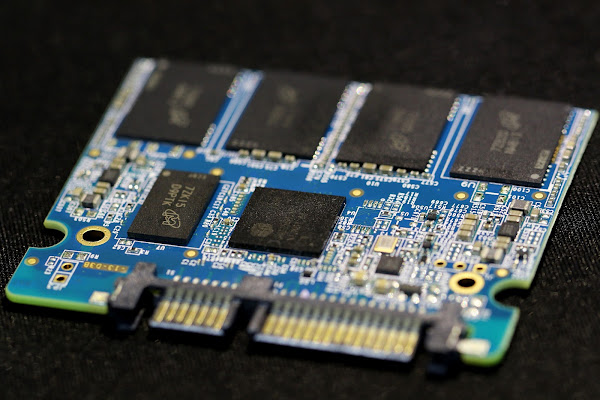Korean researchers have created a set of assaults against some solid-state drives (SSDs) that could allow malware to be planted at a position beyond the user's and security solutions' reach. The attack models are designed for drives with flex capacity characteristics and target a hidden section on the device known as over-provisioning, which is extensively used by SSD manufacturers these days for performance improvement on NAND flash-based storage systems.
The over-provisioning region is invisible to the operating system and any applications that run on it, including security and anti-virus software. The SSD manager dynamically adjusts this space against the workloads when the user runs different applications, depending on how write or read-intensive they are.
Flex capacity is a feature of Micron Technology SSDs that allows storage devices to automatically modify the sizes of raw and user-allocated space to improve performance by absorbing write workload volumes. It is a dynamic system that builds and changes a buffer of space which typically consumes between 7% and 25% of total disk capacity.
Hardware-level assaults provide the highest level of persistence and stealth. In the past, sophisticated actors worked hard to execute such concepts against HDDs, concealing dangerous code in unreachable disk sectors. One assault modeled by researchers at Korea University in Seoul targets an invalid data area containing non-erased information that resides between the usable SSD space and the over-provisioning (OP) area, the amount of which depends on the two. According to the research article, a hacker can adjust the size of the OP region using the firmware manager, resulting in exploitable invalid data space.
In a second attack model, the OP region is used as a covert location where a threat actor can hide malware that users cannot monitor or remove. According to the research article, "It is assumed that two storage devices SSD1 and SSD2 are connected to a channel in order to simplify the description. Each storage device has 50% OP area. After the hacker stores the malware code in SSD2, they immediately reduce the OP area of SSD1 to 25% and expand the OP area of SSD2 to 75%."
"At this time, the malware code is included in the hidden area of SSD2. A hacker who gains access to the SSD can activate the embedded malware code at any time by resizing the OP area. Since normal users maintain 100% user area on the channel, it will not be easy to detect such malicious behaviour of hackers," the article added.
To counteract the first type of assault, the researchers advise that SSD manufacturers wash the OP area with a pseudo-erase algorithm that has no effect on real-time performance. Implementing valid-invalid data rate monitoring systems that monitor the ratio inside SSDs in real-time is a potentially effective security measure against injecting malware in the OP area for the second type of attack.









